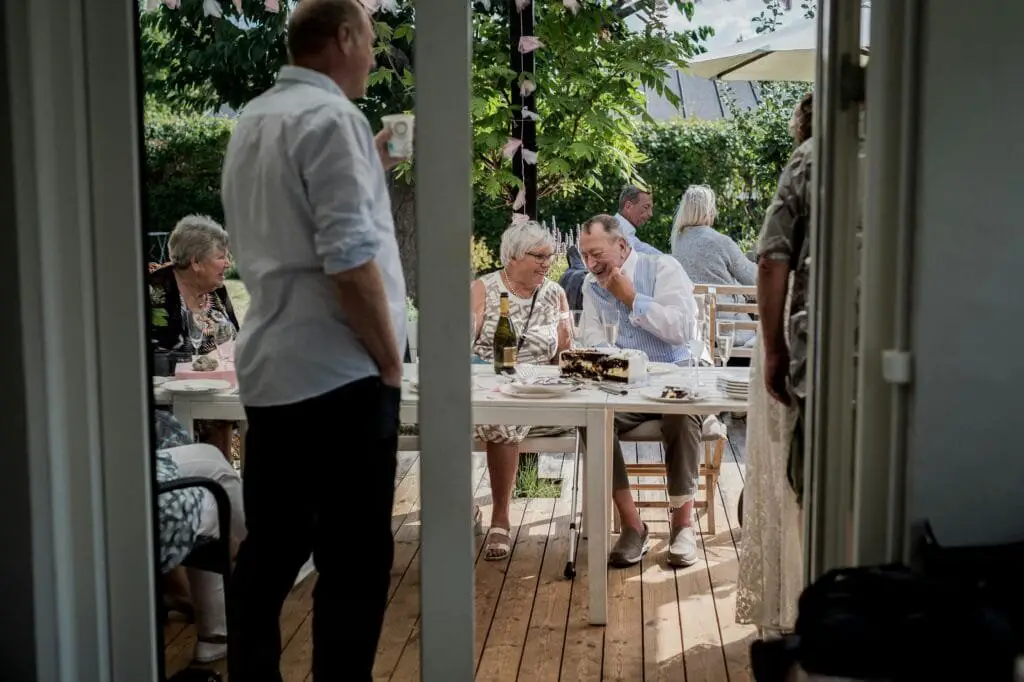1. Who Shot J.R. on Dallas?
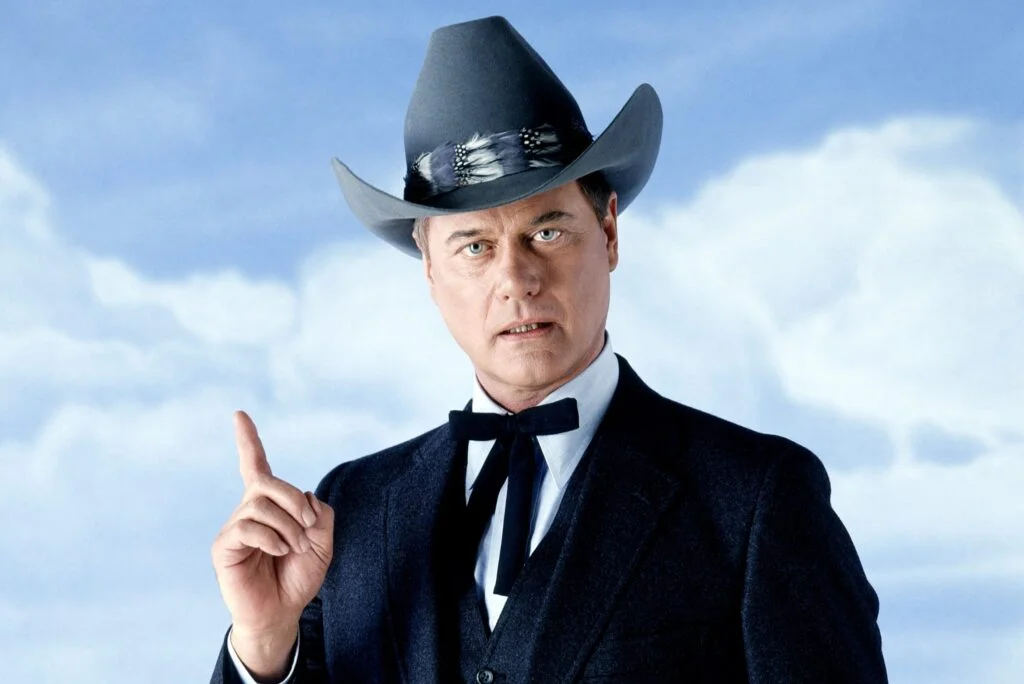
In 1980, the question “Who shot J.R.?” became a cultural phenomenon, leaving viewers glued to their TVs for months. J.R. Ewing, the scheming oil baron played by Larry Hagman, was shot in the season finale of Dallas, sparking nationwide speculation about the identity of his assailant. The cliffhanger was so gripping that it became one of the most talked-about TV moments of the decade. Fans discussed theories, made bets, and even debated it in office break rooms.
The moment the mystery was finally solved in the following season’s premiere, nearly 90 million viewers tuned in to see the shocking reveal. It was revealed that it was Kristen Shepard, J.R.’s sister-in-law, who pulled the trigger. The dramatic twist not only defined Dallas’s legacy but also set a precedent for how cliffhangers could dominate the cultural conversation.
2. The Finale of M*A*S*H
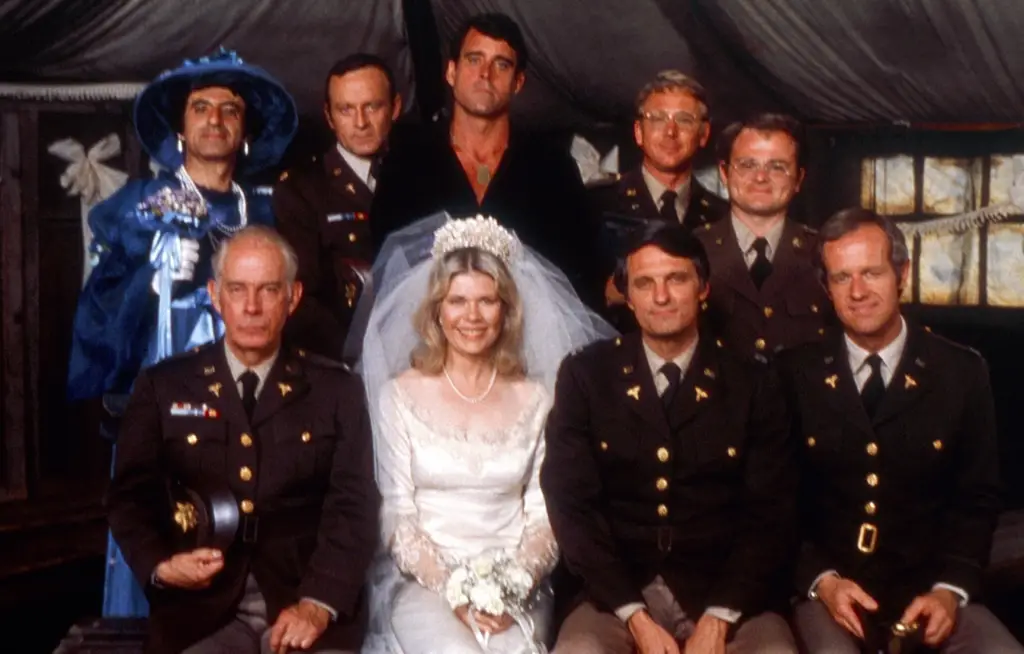
The final episode of M*A*S*H, titled “Goodbye, Farewell and Amen,” aired on February 28, 1983, and it became the most-watched TV episode in history at the time. The emotional farewell to the 4077th Mobile Army Surgical Hospital was more than just the end of a show—it was a reflection on the toll of war, friendship, and the sacrifices made. Viewers had watched the characters grow over the years, and the finale’s mix of humor and heartbreak left many teary-eyed.
The closing scene, where Hawkeye Pierce (Alan Alda) finally comes to terms with his trauma, resonated deeply with audiences. The entire episode was a monumental TV moment, capturing the end of an era in American television. It wasn’t just a series finale; it was a cultural event that solidified M*A*S*H‘s place in TV history.
3. The Cheers Wedding Proposal
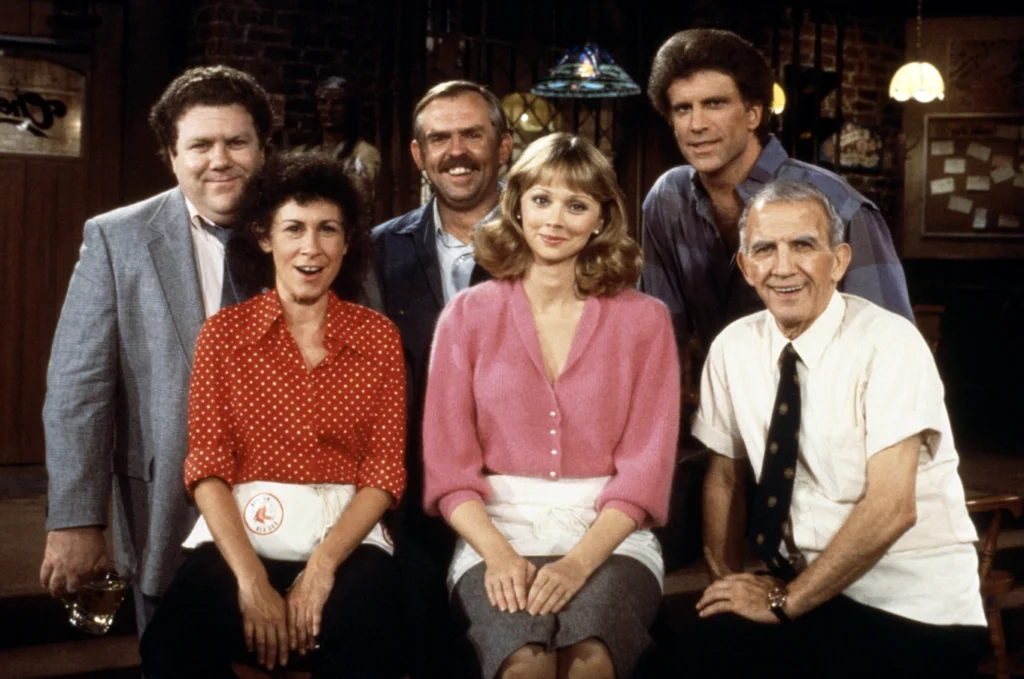
In 1987, Cheers’s Sam Malone (Ted Danson) surprised everyone by proposing to Diane Chambers (Shelley Long), but not in the way anyone expected. After seasons of will-they-won’t-they tension, the two were finally on the verge of a romance. But just when fans thought Sam would finally get the girl, Diane rejected his proposal, leaving viewers shocked and questioning what would happen next.
The unexpected twist wasn’t just about the rejection—it was a deeper moment that illustrated Diane’s commitment to her career over her love life. This moment left fans stunned and questioning the future of Sam and Diane’s relationship. The proposal was a powerful reminder that Cheers wasn’t afraid to surprise its audience with moments that felt both real and unpredictable.
4. The Dynasty Catfight
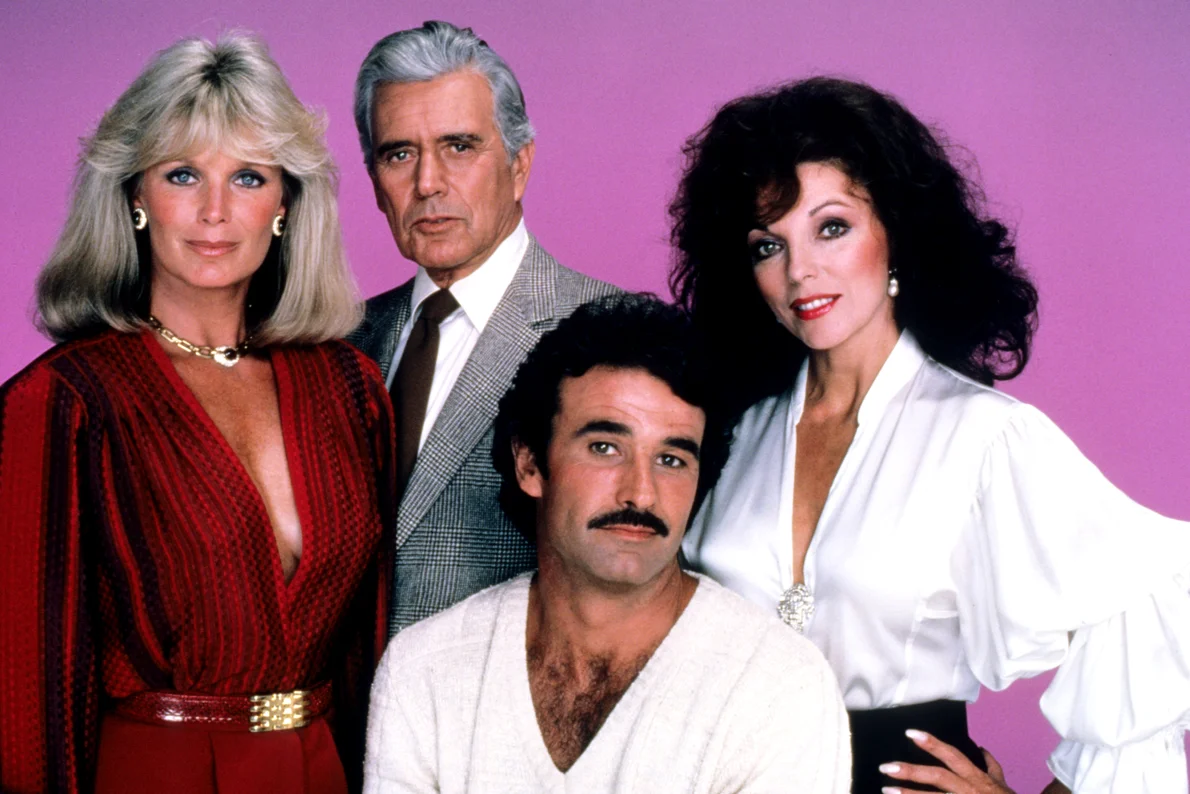
In 1981, Dynasty delivered one of the most iconic TV moments of the decade—when Joan Collins’ character, Alexis Carrington, engaged in a vicious catfight with Linda Evans’ Krystle. The dramatic brawl, set in a gorgeous outdoor garden, was a combination of high drama and over-the-top soap opera excess. Fans were left speechless as the two powerful women, enemies in both business and personal life, ripped each other apart on-screen.
The fight became one of Dynasty‘s most memorable moments, showcasing its signature blend of luxury, betrayal, and fierce competition. The rivalry between Alexis and Krystle was never short on drama, but this physical confrontation took things to another level. It’s a moment that fans still talk about, a perfect example of how Dynasty made bold, unexpected choices that kept everyone on their toes.
5. The Growing Pains Eating Disorder Storyline
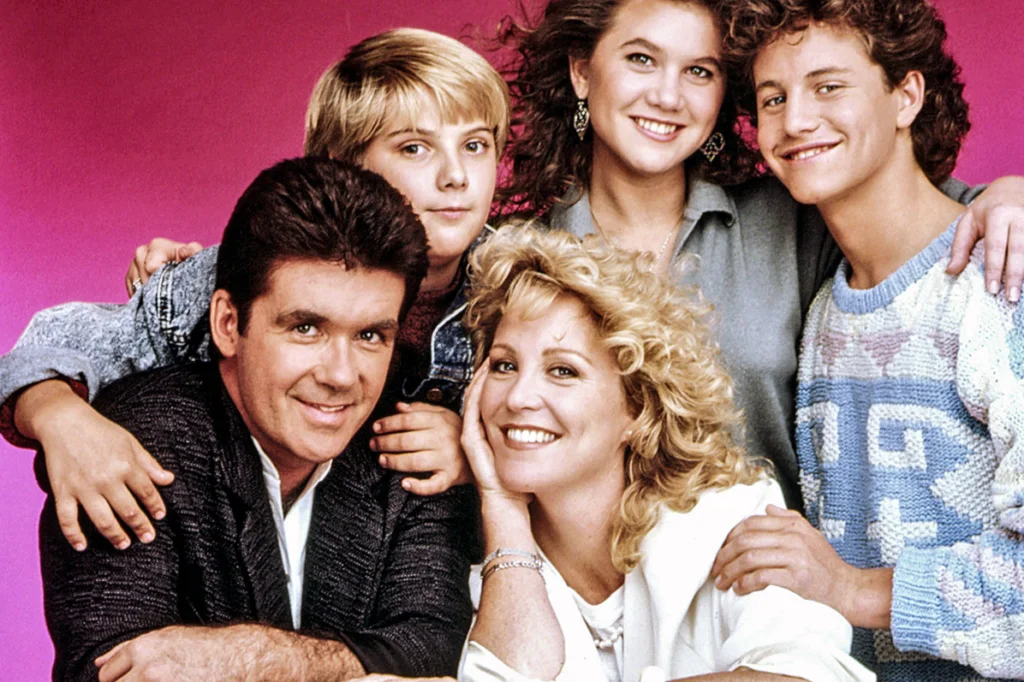
In 1989, Growing Pains tackled a difficult and important issue when it explored Carol Seaver’s (Tracey Gold) struggle with an eating disorder. This unexpected storyline shocked viewers, as it was one of the first times a sitcom addressed such a serious topic. Carol’s character, typically seen as a fun, optimistic teenager, was suddenly faced with an internal battle that affected her health, her relationships, and her future.
The show handled the topic with care, exploring the emotional and psychological toll of an eating disorder. Carol’s eventual recovery was a powerful moment that not only added depth to her character but also helped raise awareness about mental health. This storyline marked a significant shift in Growing Pains and proved that even a family sitcom could address heavy issues with sensitivity and empathy.
6. The The Facts of Life Cast Change
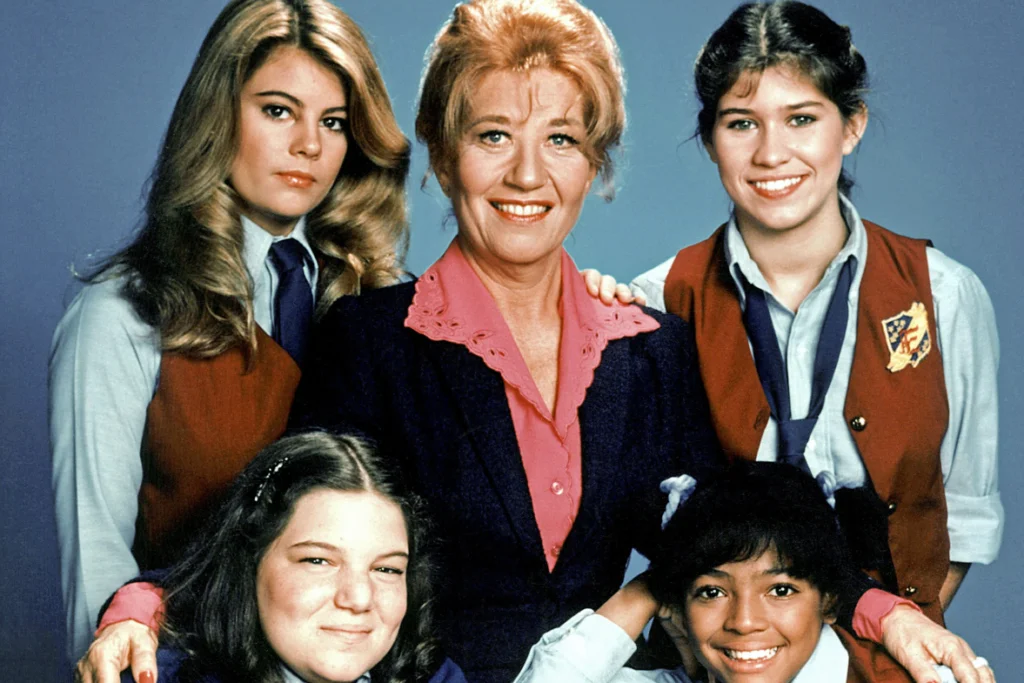
In 1980, The Facts of Life completely shook up its cast by sending off two of the main characters—Blair Warner’s (Lisa Whelchel) friends, Tootie and Natalie—who had been staples of the show’s early seasons. The transition was jarring for fans who had grown accustomed to the original dynamic. Yet, the shift opened up new possibilities for the series and allowed for new characters to join the mix, giving The Facts of Life a fresh lease on life.
Despite the initial shock, the show successfully managed to keep its audience engaged by introducing new storylines and characters, such as Jo, who became an instant fan favorite. The change was risky but ultimately paid off, proving that The Facts of Life could evolve while still retaining its heart and humor. It was one of the most surprising cast changes in TV history, leaving fans uncertain but ultimately satisfied with the show’s evolution.
7. The Knight Rider KITT Comes to Life
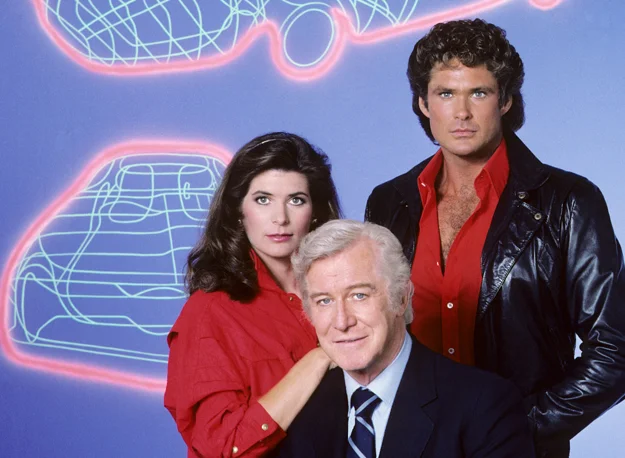
In 1982, Knight Rider gave us a moment that felt like science fiction come to life when KITT, the crime-fighting car, seemed to have a mind of its own. While Michael Knight (David Hasselhoff) had always relied on KITT’s high-tech features, a particular episode left fans questioning just how much control KITT really had. The car seemingly takes matters into its own hands, overriding commands and making decisions to protect its driver.
This was a game-changer for the show, blurring the lines between artificial intelligence and reality. Viewers were fascinated by the idea of a car that could think and act independently, and it took the concept of a talking car to thrilling new heights. The moment was as surprising as it was futuristic, cementing Knight Rider as one of the most imaginative series of the ’80s.


